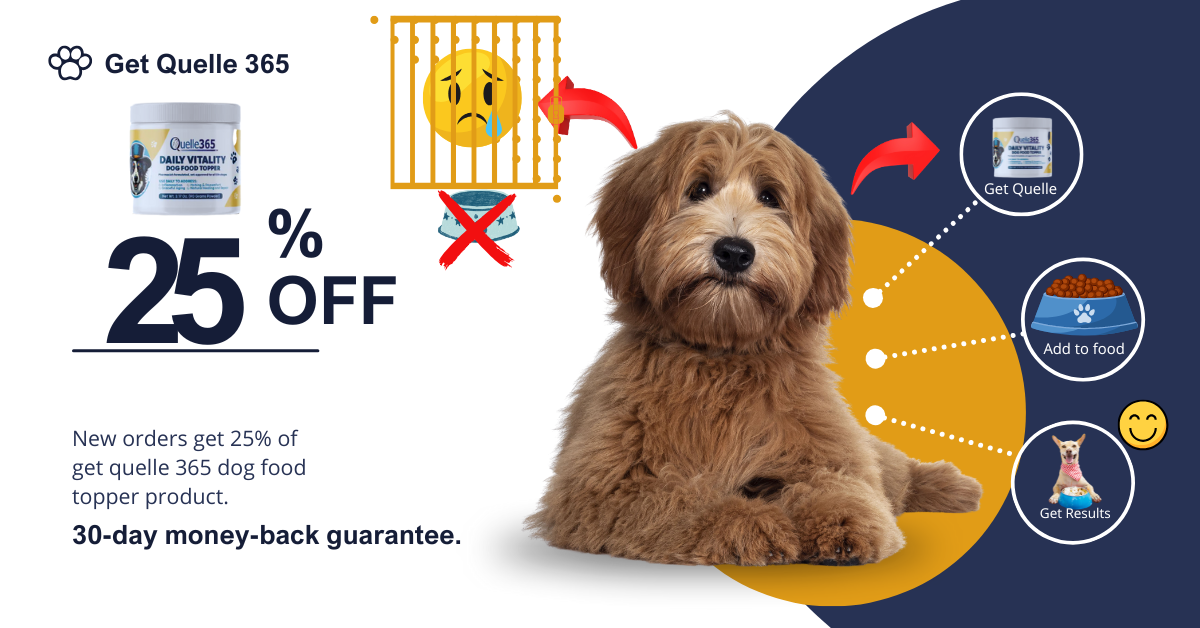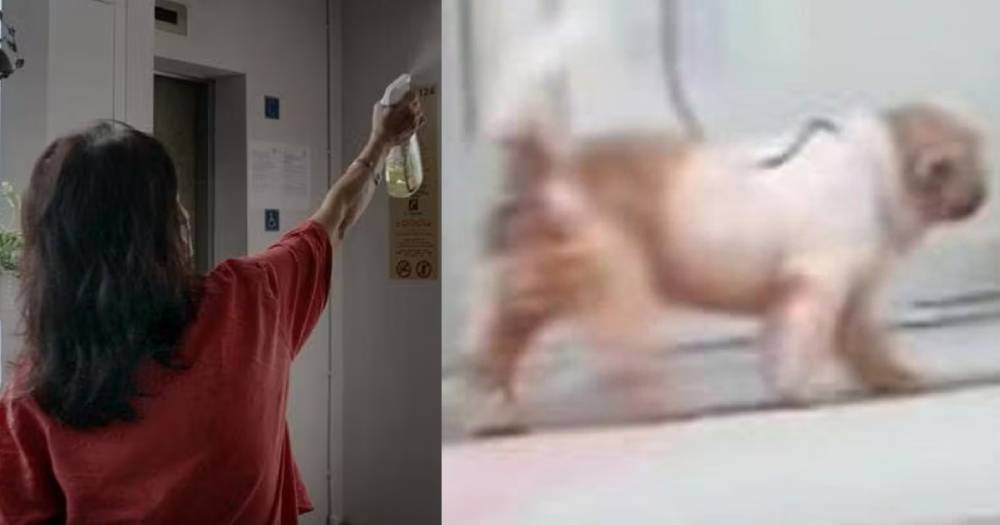Halloween is a fun celebration for many, but the holiday can become a little too scary for pets if precautions aren’t taken.
Dr. Erin Ray, a clinical assistant professor at the Texas A&M College of Veterinary Medicine & Biomedical Sciences, shares some cautionary advice to help pet owners best celebrate the spooky season with their furry friends.
Haunting Howls
Halloween enthusiasts wandering into haunted houses, cemeteries and horror movie theaters may crave the adrenaline rush that the season offers, but the loving pets by their sides don’t always agree with their owners’ affinity for the frightening.
“Pets can exhibit signs of fear in new, crowded or loud situations, which would include places like haunted houses, hay mazes, and even loud movies in their normal home,” Ray said. “They can often mirror their owner’s emotions, too, so if an owner is scared, nervous, or anxious, the pet can show similar signs.”
Ways that pets exhibit fear and anxiety can include:
• Ears back and tail tucked
• Dilated pupils
• Hiding/cowering
• Trying to run away
• Hair on back/tail erect
Dogs may also show fear by barking or biting, while cats may hiss or swat.
For pets that do not share their owners’ enthusiasm for this spooky season, it is important for owners to stay cognizant of any signs of discomfort. By simply turning off that horror movie marathon or leaving pets at home during spooky outings, you can help ease your furry friend’s fright.
Tricking Treats
Because Halloween is often celebrated with an excess of candies and other sweet treats, owners have the responsibility to be exceedingly particular about what treats their animals can indulge in.
“It is vital to be careful with any candy and food that could be potentially toxic for your pet to ingest throughout this holiday season,” Ray said.
The ingredients most commonly known to be harmful for pets include:
• Chocolate
• Onion
• Garlic
• Xylitol (an artificial sweetener)
• Any fatty or rich food
“Pet treats are a fun thing to give them as long as they aren’t too rich, don’t contain toxic ingredients, can’t pose a choking hazard, or aren’t too hard,” Ray said.
Another way to celebrate with your companion is investing in a new toy.
“Toys that can’t be ripped apart, broken into pieces, or have pieces taken off of them, especially string toys for cats, are a great thing to give your furry friend during the holidays, with owner supervision,” Ray said.
Creepin’ It Real
Just as some people prefer to casually carve pumpkins while others prefer to be chased through a corn maze, pets’ love of the Halloween festivities can vary, with a pet’s comfortability with specific elements of Halloween often being personality-dependent.
“Many animals do not appreciate large, new decorations that could scare them or make them nervous, while others may enjoy playing with them or trying to chew them,” Ray said. “Any decorative items lying around that could be chewed on or swallowed have the opportunity to become foreign body risks.
“Parties and trick-or-treating also can be fun for some animals, such as well-socialized dogs or cats who enjoy the attention, but these activities can be stressful for others because of the scary shapes and sounds, like the doorbell ringing,” she said. “Costumes can also scare pets if they are big, elaborate or not something that the animal has seen before.”
With this in mind, Ray strongly recommends caution to be taken around parties where a pet could come across unsuspecting threats. If people are visiting, it’s also important to communicate which treats can and cannot be shared with pets.
Halloween is meant to bring on adrenaline rushes, laughs, and a scare or two, and with some simple adjustments, it can be a fun holiday for the entire family. Celebrating your black cat or bringing your furry friend along for the spooky ride is bound to create lifelong memories full of veterinarian-approved treats and toys.





